With over 400,000 American children in foster care, and nearly 120,000 waiting for adoption, it is clear that families are waiting to be made. November is National Adoption Awareness Month, with events and programs happening in counties and cities near you. I felt this was an excellent time to examine the goals and processes of adoption. After talking to some adoptive parents, I decided that sharing their experience, both their trials and tribulations, might be more meaningful if you are considering adoption.
There are as many reasons why people decide to adopt, as there are kids waiting for adoption. For some parents, it is fertility or medical issues, while others have genetic concerns that they don’t want to pass along to biological children. Others want to help a pregnant woman who is incapable of caring for her child. Some decide that once their biological children have grown, they need to fill the “empty nest” with more children; some have been foster parents and have decided to make a permanent home for a child. Others want to adopt for joy or have grieved the loss of a child of their own. Some want to give a child a fresh start; a few simply feel a call to adopt.
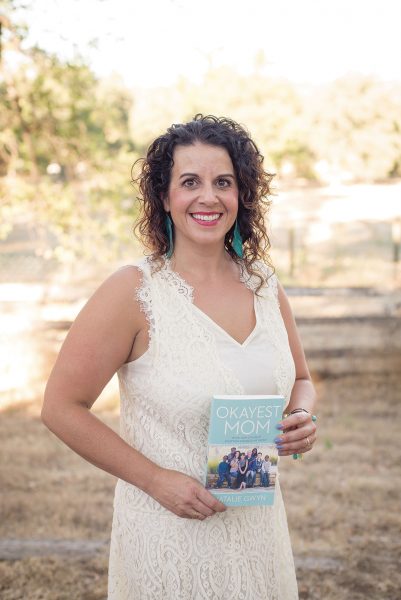

Natalie’s Book, recognized as the Today Show’s “BEST THING” in 2018, is a great resource, an insightful and funny look at what she and her family went through and overcame to meld into a REAL Family. Available at Amazon.com, BN.com and bookstores everywhere.
Regardless of parental motivation, Natalie Gwyn, author of the book, The Okayest Mom, reminds me, “from the child’s perspective, adoption is always, always, always born of grief.” Children are in need of adoption because they have gone through some trauma that removed their parents from them, be it drugs, mental health, death, prison, financial reasons or even genocide. Natalie, of Shasta County, is “The Okayest Mom” to six children, two biological and four adopted Ethiopian children. Blending six kids, all aged between 5 and 10, is difficult in the best of situations; adding differences in race, culture, religion and life experience makes it much tougher. For Natalie, it took two years before she could take a deep breath and realize it was all going to be okay. Despite that experience, her advice to potential adoptive parents is, “if you wait until you’re not afraid, you’ll miss your opportunity.”
Once the idea of adopting enters your consciousness, it’s a good idea to visualize what that looks like to you. It is critical that you are honest with yourself, not only about your motivation but what traits you are open to adopting a child with. Are you envisioning an infant or an older child? Are you open to medical or developmental issues? Is race or ethnicity an issue to you? What cultural diversity are you willing to embrace, especially if adopting an older child from another culture?
And most importantly, are you and your spouse or significant other on the same page? This visualization process is arduous with ups and downs. Even after adoption it often takes a year or two for all involved to blend into a family unit. If one parent is dragging the other into this, it makes it much more difficult and likely less successful.
The next step will depend on your vision. The most common paths to adoption are:
- Infant adoption through a private agency, usually from a birth mother.
- Foreign adoption through an agency specializing in such adoptions.
- Adoption from relatives by way of an agency or attorney.
- Adoption from foster care
There are exceptions and variations in some cases, but since adoption is regulated by the State of California, most other types of adoption are illegal. Match your vision to the pathway and take the first step. Natalie Gwyn chose international adoption to blend four Ethiopian kids into her family.
Former teacher Julie Wold and her husband George, the agriculture teacher at Anderson High School, decided to open their home to foster children after seeing a Heart Gallery exhibit in Redding. They reached out to Shasta County Social Services and started asking questions, attended an orientation and have since adopted six children via foster care. “Because of our years of teaching, we had plenty of experience with children with special needs and decided that we were open to anything, except mobility issues due to the design of our house which isn’t compatible with wheelchairs.” By being open, their options expanded greatly. Be realistic about what you can take on, then ask yourself what Julie does, “Can I offer them something that nobody else can or has?” Regardless of your motivations, it must be about the kids and giving them love and stability and a future. Many of these kids have never had any of that.
There are also agencies that bridge the gap between public and private adoption, like Lilliput Families, which are contracted to specific counties to find safe, loving homes for children in need. With offices in Chico and Redding, Lilliput Families can help not only with the placement of a child but training and coaching the parents, kinship and family-finding services as well. Doni DeBolt, Director of Community Relations at Lilliput told me, “with over 66,000 foster kids in California alone and more than 16,000 ready and waiting to be adopted, we work hard to help find these kids a forever home.” She also warned, “there are difficulties when fostering and caring for children, it is especially difficult if the child that you’ve loved and cared for gets returned to their biological parent(s). But keep in mind, you have the opportunity to give them love like the child has never known.” Most in-state adoptions occur through the foster care system.
But whether you foster or adopt, Lilliput’s tagline says it all, “Change a child’s life so that they can change the world.”
The Heart Gallery is a traveling photographic and audio exhibit created to find forever families for children in foster care. The Heart Gallery of America is a collaborative project of over 80 Heart Galleries across the United States designed to increase the number of adoptive families for children needing homes in our community. Now, in its 16th year, the Heart Gallery model is being replicated in many communities across the country. Although many of these children were removed from abusive and neglectful situations, they still have hope. They love to laugh, to learn, and to be with their friends. Most of all, they dream of finding a forever family to be their own.
Posted in: Community
Comment Policy: All viewpoints are welcome, but comments should remain relevant. Personal attacks, profanity, and aggressive behavior are not allowed. No spam, advertising, or promoting of products/services. Please, only use your real name and limit the amount of links submitted in your comment.
You Might Also Like...
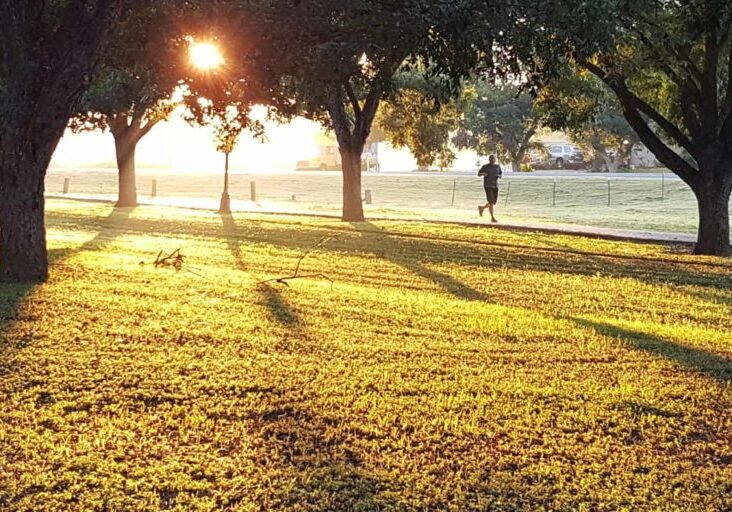
Being Responsible Outdoors During the COVID-19 Pandemic – Frequently Asked Questions
#1 Rule: Always, always practice social distancing and follow the guidelines of your local government or the federal Centers for Disease Control (CDC), whichever are more restrictive. Unlike during and after […]
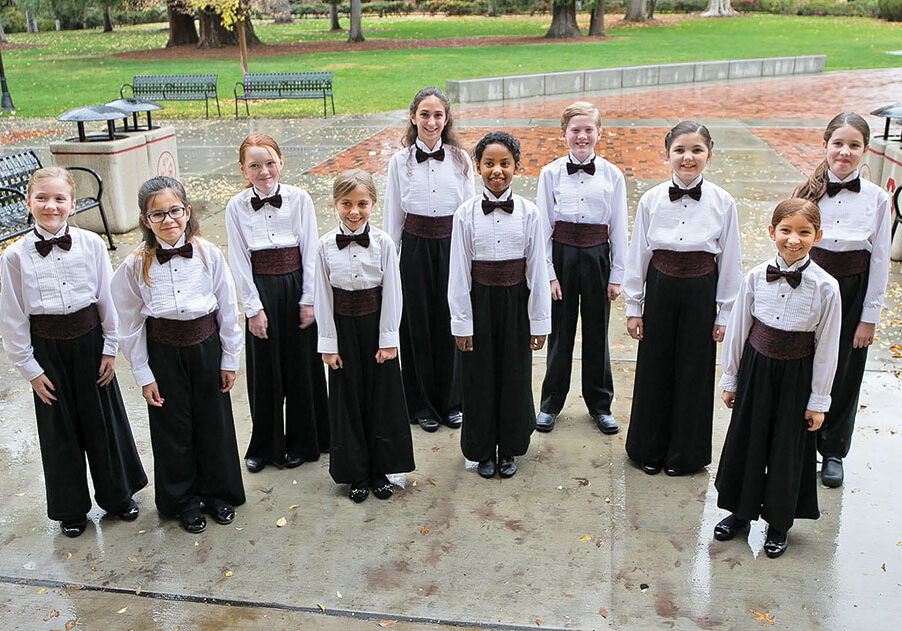
For the Love of Singing: Through the Musical Door
What’s a team activity that doesn’t occur on a court or field? Singing. Mt. Shasta Elementary School’s music program and the Children’s Choir of Chico, though two very different arenas, […]

The Redding Ducky Derby Becomes The Sundial Riffle Raffle
What happened to the Redding Ducky Derby? It has been reimagined as the Sundial Riffle Raffle taking place this year during the River Bowl, Friday, October 18. Since the inception […]
Bridging The Gap: Providing Clean Water for Millions
Humanitarian projects often sprout from a moment of inspiration then grow with commitment and lots of hard work. Bridging the Gap, founded by Shirley Adams of Chico, followed this pattern. […]

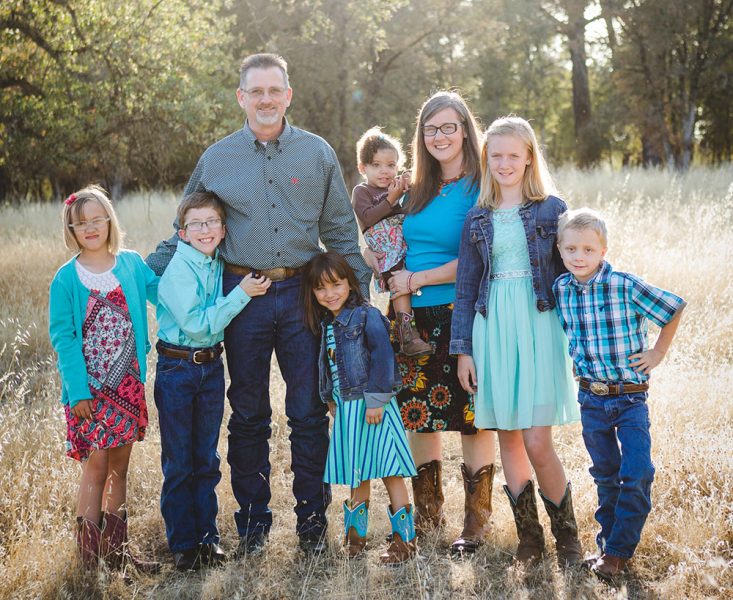
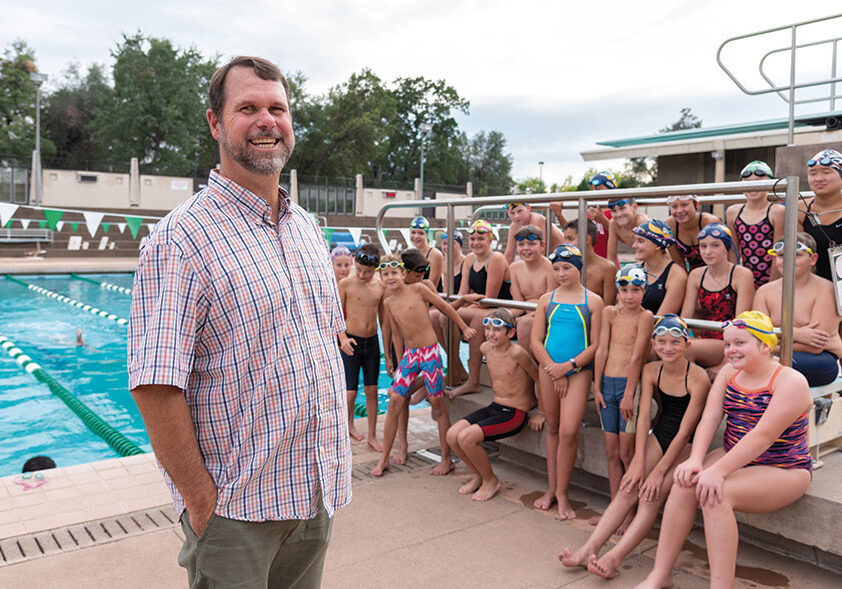
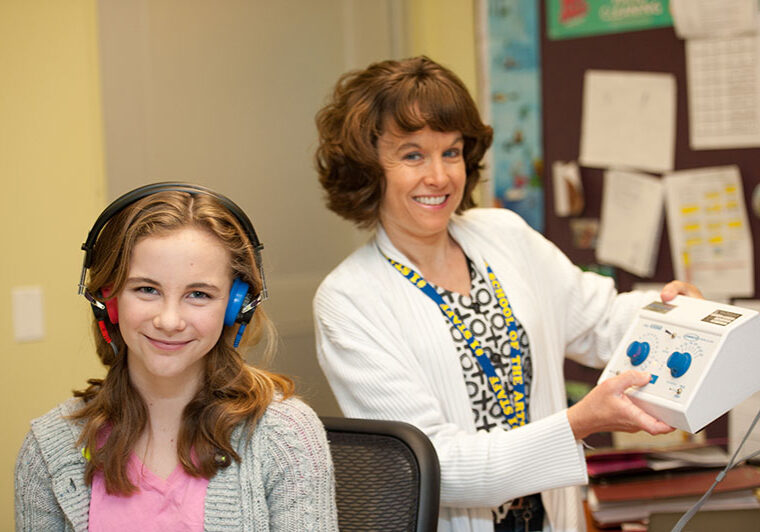
Many blessings to these loving families and lovely children.